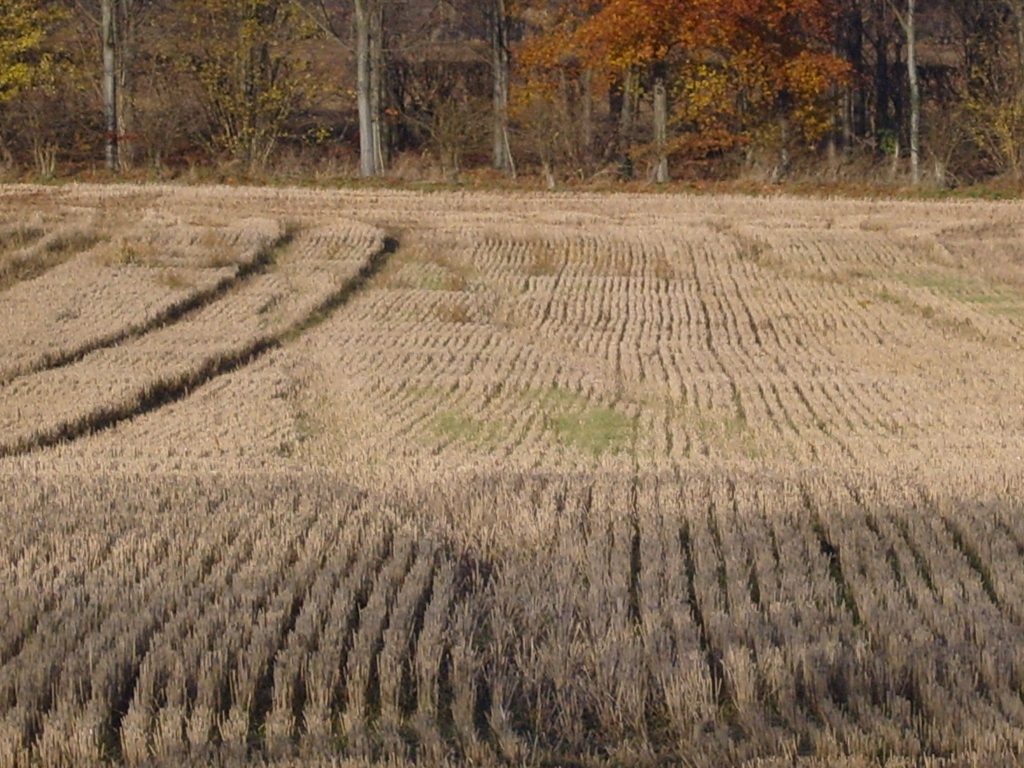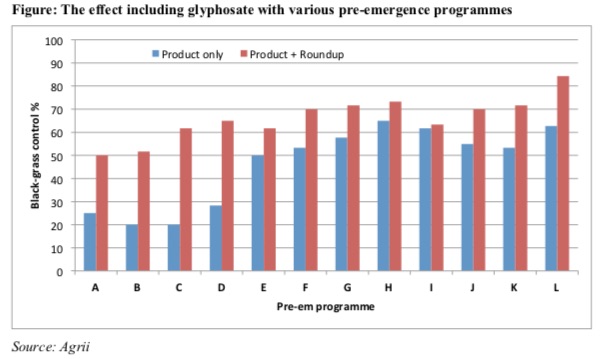Pre-em grass weed control offers value this autumn
16th September 2019
As well as giving the best possible opportunity for stubble weed control ahead of winter cereal drilling, sufficient moisture in the ground will make including a permitted glyphosate in the
As well as giving the best possible opportunity for stubble weed control ahead of winter cereal drilling, sufficient moisture in the ground will make including a permitted glyphosate in the pre-em mix especially worthwhile this season.
“Regardless of dormancy levels, large amounts of black-grass invariably germinate in the autumn wherever there’s enough moisture,” explained Roundup specialist, Thomas Scanlon. “As do ryegrass and bromes. And they’ll keep on germinating, especially if they’re woken-up by soil movement.
“Providing seedbed conditions allow, this bodes well for pre-em activity. Unfortunately, though, most pre-ems have a very limited impact on already-emerged weeds.
“So, wherever workloads or the weather mean a delay of more than a few days between the final stubble spray and drilling, including a permitted glyphosate with the pre-em is likely to pay particular dividends. Especially so as most modern min till and drilling regimes tend to transplant as much as kill weed seedlings.”
The value of employing glyphosate at this stage has been underlined by Agrii trials with a range of pre-em mixes on October-sown wheat on ground with an untreated black-grass population of almost 500 plants/m2.
Including Roundup in 12 different modern residual pre-em regimes gave an average black-grass control improvement of 15%, with gains of over 20% recorded in five cases and over 30% in three (Figure).
“If conditions are right, a lot of black-grass can germinate in a week,” pointed out Agrii trials manager, Steve Corbett. “So, glyphosate in the pre-em mix can give a very valuable extra string to your seedbed weed management bow. It can also add much-needed extra flexibility to your whole establishment process, allowing you to get in an extra black-grass hit without any further drilling delay.
“I strongly advise everyone to inspect their seedbeds closely for any weed growth immediately ahead of drilling. Failing to treat emerged black-grass in the seedbed is like playing Russian Roulette. With such limited post-em control options it can easily mean having to spray-off your entire crop later on.
“Pre-em glyphosate must, of course, be applied before there’s any chance of crop emergence,” he insisted. “But then I always want to see pre-ems going on within two or three days of drilling anyway.”
“It’s important to use a highly active glyphosate that is both approved for post-planting, pre-emergence use and widely compatible with current pre-em chemistry,” added Thomas Scanlon. “I’d recommend a rate of 540g/ha.
“Our testing shows most modern Roundup formulations are physically compatible with more than 75 of the most common pre-emergence sprays and spray combinations, including complex herbicide and adjuvant mixes. We provide full details in handy tank mix guides for each of our products at www.monsanto-ag.co.uk/documents.”


